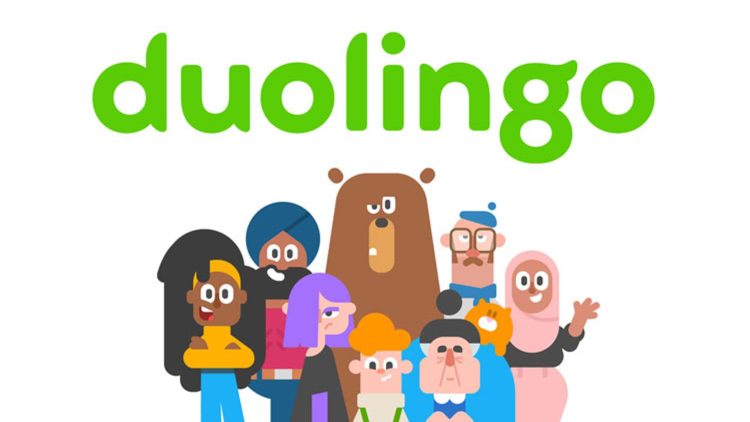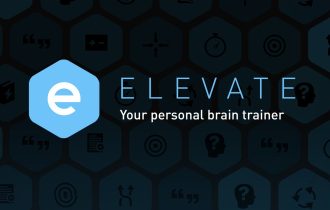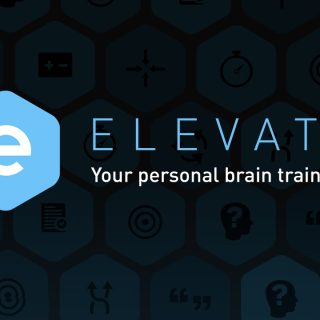Duolingo: Revolutionizing Language Learning Through Innovation and Accessibility
Introduction
In the digital age, where borders blur and global communication becomes essential, learning a new language has never been more valuable. Duolingo, a groundbreaking language learning application, has emerged as a beacon of innovative education, reshaping the way people around the world approach language acquisition. Founded in 2011 by Luis von Ahn and Severin Hacker, Duolingo has not only democratized language learning but has also made it engaging, interactive, and accessible to anyone with a smartphone or computer. This extensive exploration embarks on a detailed journey through the evolution of Duolingo, elucidating its development history, user experience, target demographics, pricing models, and the vast array of languages it offers. With a commitment to making language learning a joyful endeavor, Duolingo has garnered a massive user base, becoming a symbol of effective and enjoyable education.

I. Development History
Duolingo’s inception was rooted in the vision of making education freely available to all, regardless of geographical or economic constraints. Launched in 2011, the app’s founders, Luis von Ahn and Severin Hacker, set out to create an interactive language learning platform that harnessed the power of technology and gamification. Duolingo’s development history is marked by constant innovation, incorporating user feedback and advancing its curriculum to provide an enriching learning experience. Over the years, it has grown into a global phenomenon, becoming one of the most popular language learning apps in the world.
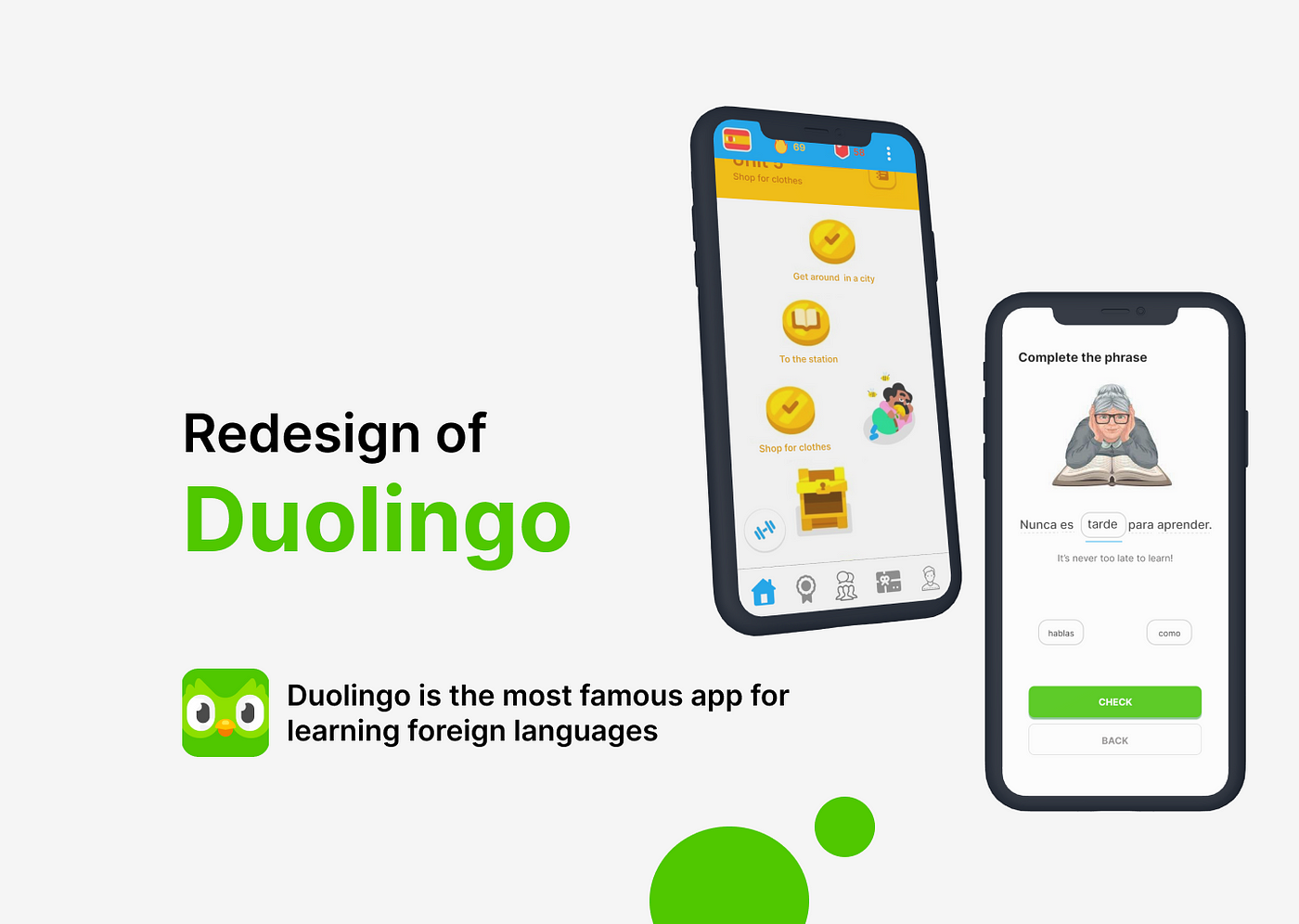
II. How to Use Duolingo
Duolingo’s user-friendly interface and intuitive design make language learning accessible to users of all ages and backgrounds:
- Account Creation: Users can create personalized accounts, allowing them to track their progress and achievements.
- Language Selection: Duolingo offers a wide array of languages, allowing users to choose the language they want to learn.
- Skill Levels and Progression: The app offers structured lessons categorized into skill levels. Users progress by completing lessons and practicing regularly.
- Interactive Exercises: Duolingo employs a variety of exercises, including translation, listening, speaking, and matching activities, ensuring a well-rounded learning experience.
- Gamified Learning: Duolingo incorporates gamification elements such as points, levels, and streaks to motivate users to stay consistent with their learning.
III. Target Demographics
Duolingo caters to a diverse audience, making it suitable for:
- Students: Supplement classroom learning and improve language grades.
- Travelers: Acquire essential phrases and vocabulary for traveling abroad.
- Professionals: Enhance language skills for career opportunities and international communication.
- Language Enthusiasts: Learn new languages for personal enrichment and cultural appreciation.
- Children and Beginners: Duolingo offers a simplified interface and engaging content for young learners and beginners.
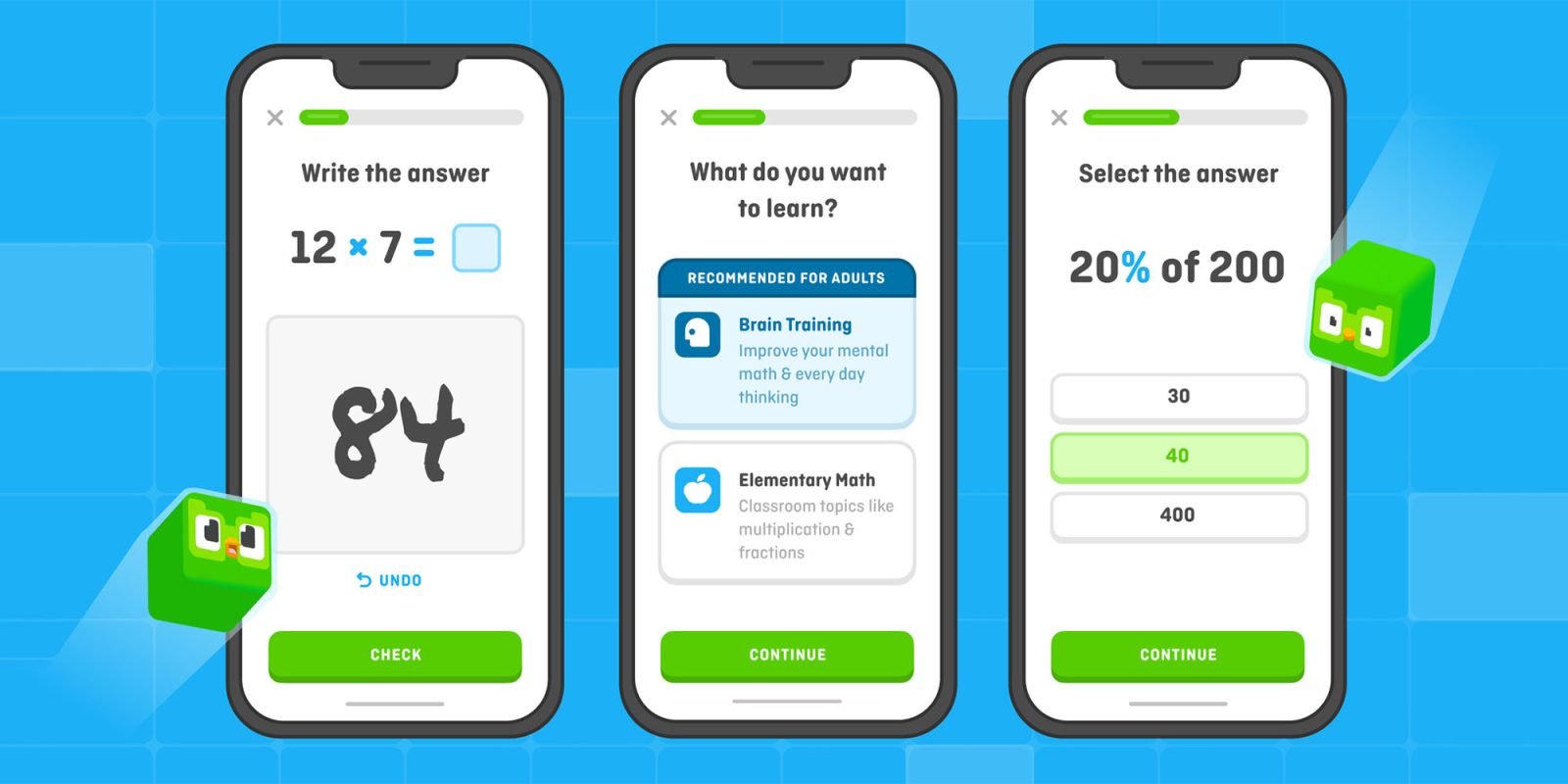
IV. Pricing Models
Duolingo operates on a freemium model, offering a core set of features for free:
- Free Access: Users can access basic language lessons, exercises, and progress tracking without any cost.
- Duolingo Plus: Duolingo offers a premium subscription service called Duolingo Plus, which provides additional benefits, including an ad-free experience, offline access to lessons, and progress insights. Duolingo Plus is available through a monthly or annual subscription fee.
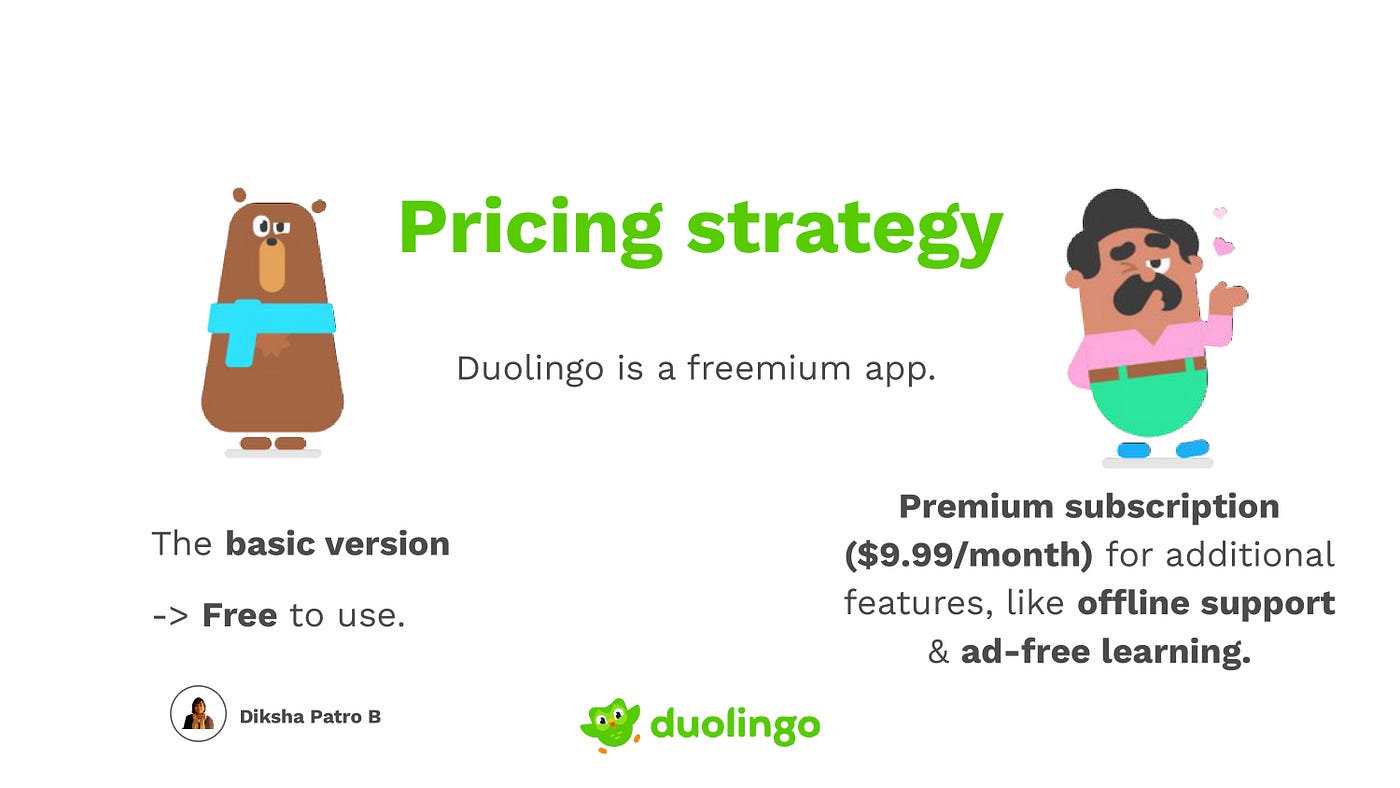
V. Languages Available
One of Duolingo’s most remarkable features is its extensive language offerings, which include, but are not limited to:
- Commonly Taught Languages: English, Spanish, French, German, Italian, Portuguese, Chinese, Japanese, and Russian.
- Less Common Languages: Welsh, Swahili, Irish, Scottish Gaelic, and Esperanto.
- Regional Variants: Duolingo offers courses in different regional variants of languages, allowing users to learn, for example, Latin American Spanish or European Portuguese.
VI. Duolingo’s Impact and Future Outlook
Duolingo’s impact on language education has been profound, fostering a global community of language learners and educators. Its gamified approach has made learning engaging and enjoyable, leading to high user retention rates. Looking ahead, Duolingo continues to innovate, incorporating artificial intelligence and machine learning to personalize learning experiences further. Its commitment to accessibility ensures that people worldwide can access quality education, breaking down language barriers and fostering cross-cultural understanding.
Conclusion
Duolingo stands as a testament to the power of technology in transforming education. By providing an interactive, gamified, and accessible language learning experience, Duolingo has become a driving force in the field of language education. Its diverse language offerings, user-friendly interface, and commitment to making education free for all have made it a beloved tool for millions of learners globally. As it continues to evolve and expand its offerings, Duolingo remains at the forefront of the digital education revolution, empowering individuals to embark on a journey of linguistic discovery and cultural exchange. Through Duolingo, the world becomes a smaller, more interconnected place, where language is no longer a barrier but a bridge to understanding and unity.

